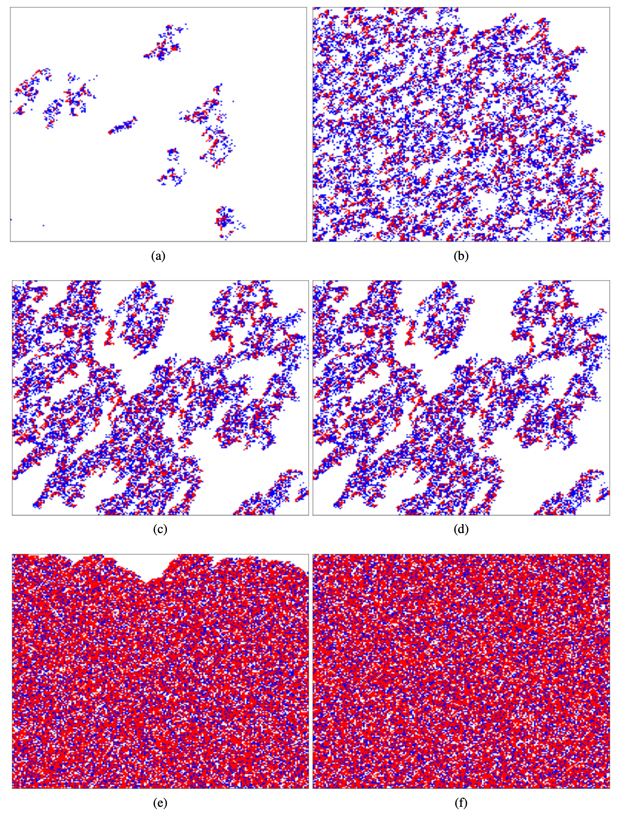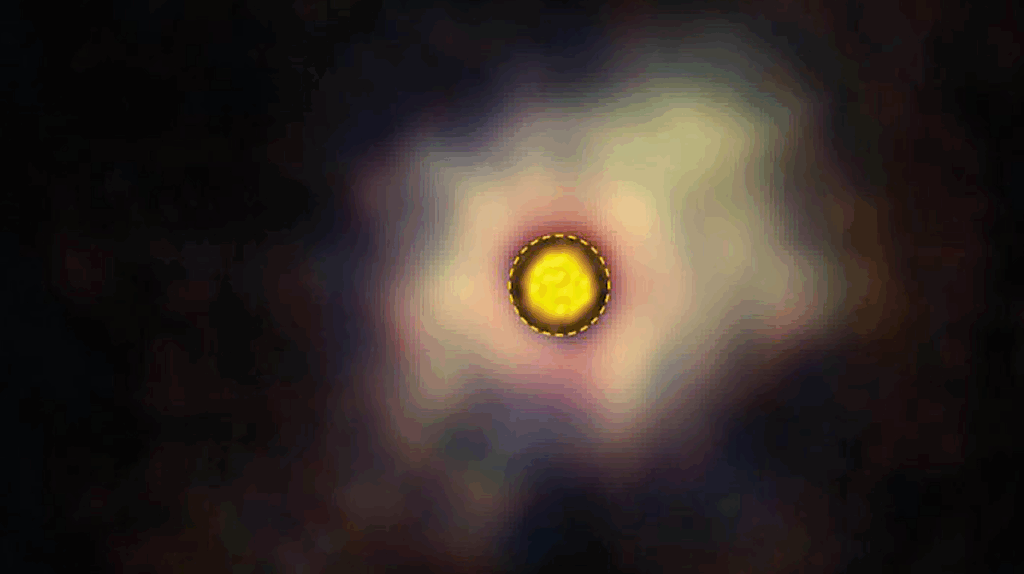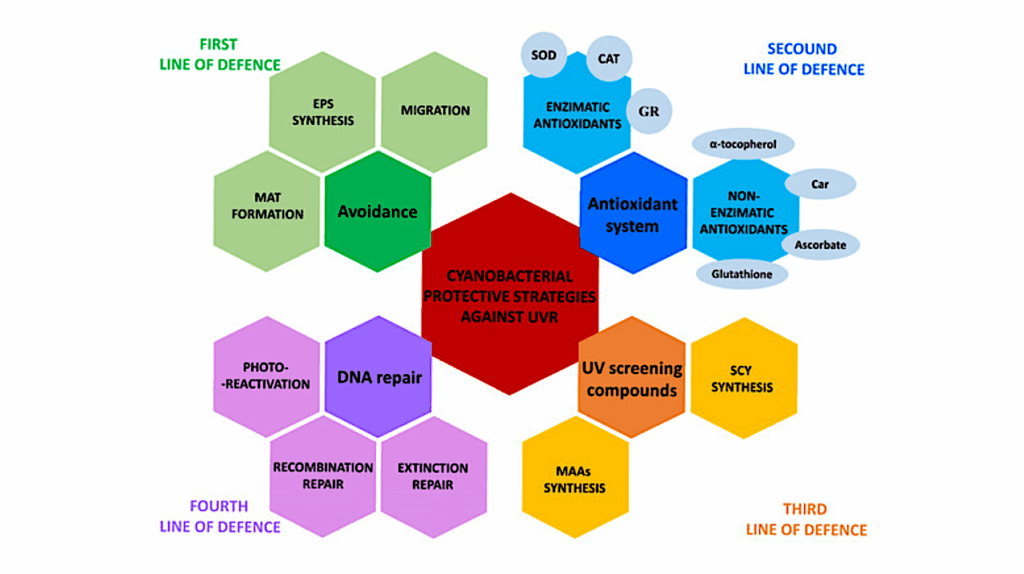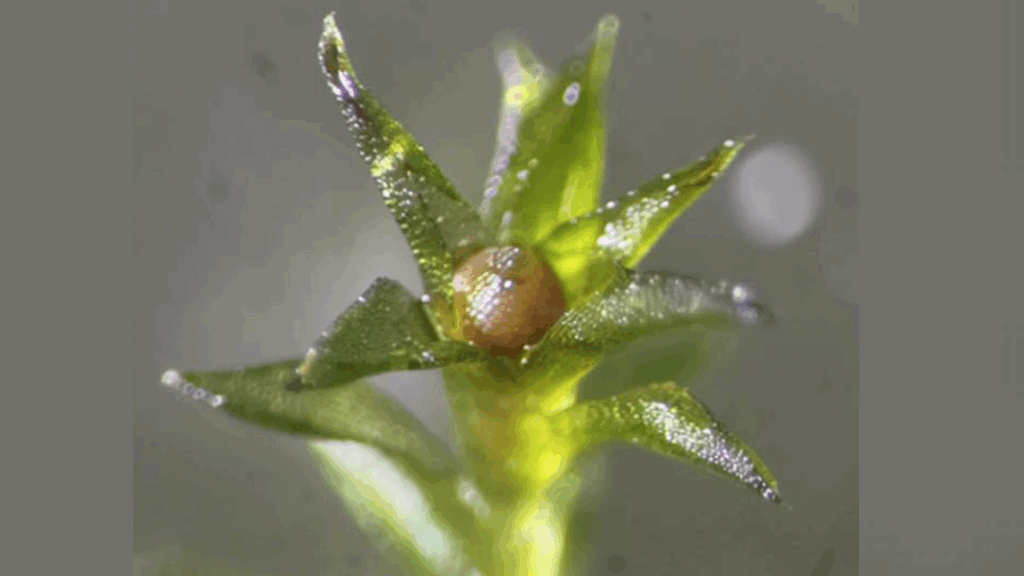On Possible Life-dispersal Patterns Beyond The Earth

We model hypothetical bio-dispersal within a single Galactic region using the stochastic infection dynamics process, which is inspired by these local properties of life dispersal on Earth.
We split the population of stellar systems into different categories regarding habitability and evolved them through time using probabilistic cellular automata rules analogous to the model. As a dynamic effect, we include the existence of natural dispersal vectors (e.g., dust, asteroids) in a way that avoids assumptions about their agency.
By assuming that dispersal vectors have a finite velocity and range, the model includes the parameter of ‘optical depth of life spreading’. The effect of the oscillatory infection rate on the long-term behavior of the dispersal flux, which adds a diffusive component to its progression, is also taken into account.
We found that phase space is separated into subregions of long-lasting transmission, rapidly terminated transmission, and a transition region between the two. We observed that depending on the amplitude of the oscillatory life spreading rate, life-transmission in the Galactic patch might take on different geometrical shapes. Even if some host systems are uninhabited, life transmission has a certain threshold, allowing a patch to be saturated with viable material over a long period.
Although stochastic fluctuations in the local density of habitable systems allow for clusters that can continuously infect one another, the spatial pattern disappears when life transmission is below the observed threshold, so that transmission process is not permanent in time. Both findings suggest that a habitable planet in a densely populated region may remain uninfected.
Andjelka B. Kovacevic
Comments: accepted for publication in the International Journal of Astrobiology, Cambridge University Press
Subjects: Earth and Planetary Astrophysics (astro-ph.EP); Populations and Evolution (q-bio.PE)
Cite as: arXiv:2202.07347 [astro-ph.EP] (or arXiv:2202.07347v1 [astro-ph.EP] for this version)
Submission history
From: Andjelka Kovacevic
[v1] Tue, 15 Feb 2022 12:09:10 UTC (1,221 KB)
https://arxiv.org/abs/2202.07347
Astrobiology, Panspermia,








